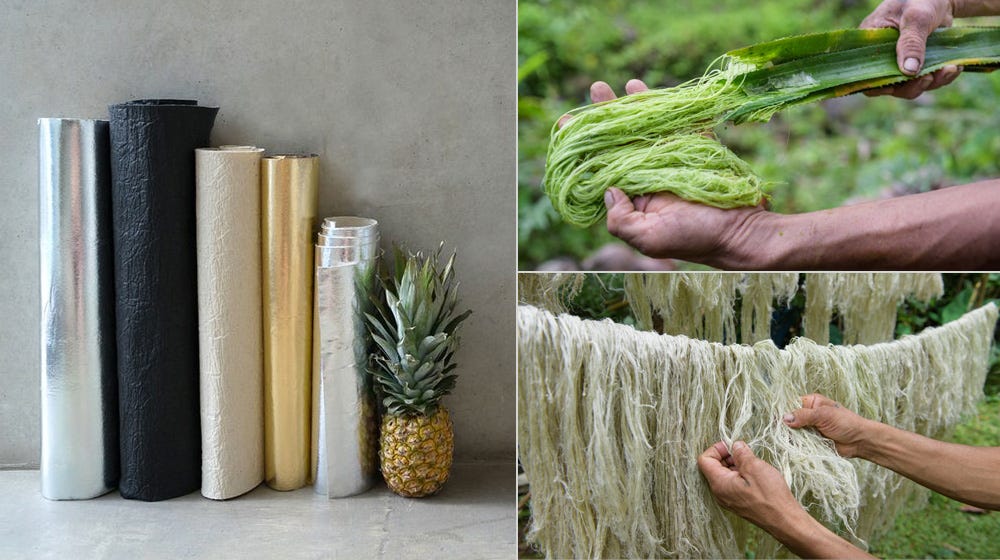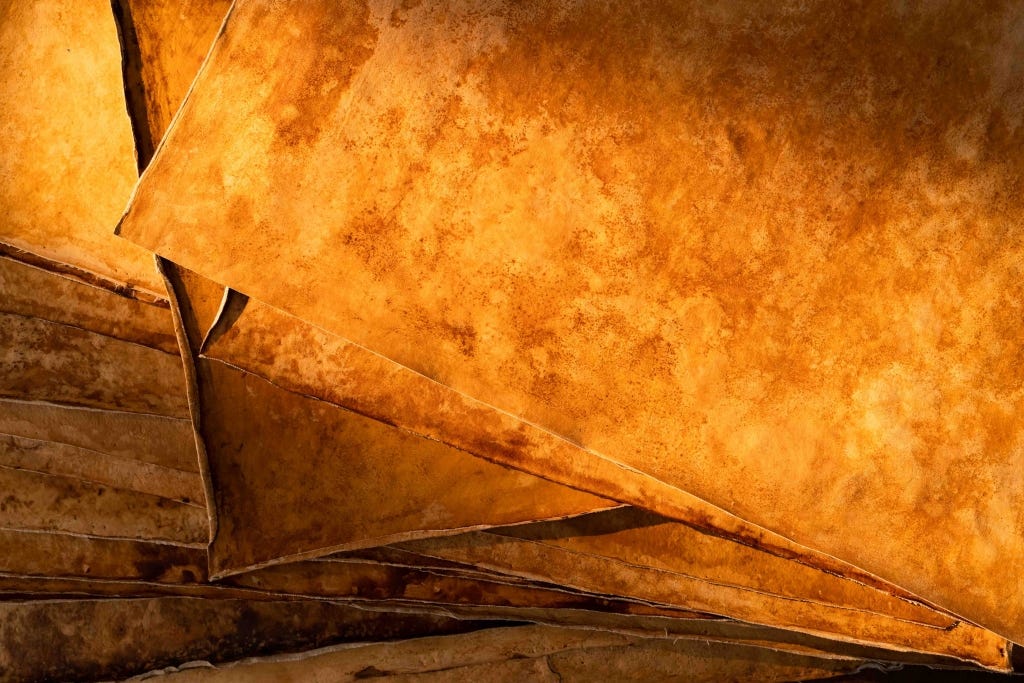Our favourite wines are moving off shelf
Is climate change to blame?
Welcome to another edition of 🤷🏽♂️ Not My Problem. Sticking to the new format, for this week, we have-
🍷You might not find your favourite wine in a few years
Picture this-You go wine shopping. And don't find the usual ones.
French, Spanish, & Australian. Instead, you see Norwegian and Canadian wines.
This could soon become a reality. Maybe in this decade. The wine-growing regions are shifting.
Typically, wine is produced at 30-50 degrees latitude. But as the world is heating up, the regions are shifting. They are moving north.
Norway’s fjords used to remain frozen. Now they are becoming ideal wine-growing areas.
Rising temperatures have reached your wine glasses. Soon, they would impact other facets of life.
Are you ready to part with your favourite wine?
🍂 An alternative created from a natural waste product
How’s leather made… Animal hides are treated with chemicals to harden the leather through a process called tanning which happens in a tannery. But tanneries use only 35% of the hides supplied to them and the rest end up in a landfill. The process also consumes a lot of water and 90% of it ends up as effluent (containing sulphides, chrome salts, organic nitrogen and high organic matter).
Pineapple Leather…During one of her trips to the Philippines, leather goods expert, Dr. Carmen Hijosa experimented with local plants and realized that wasted pineapple leaves were a great alternative (owing to their strength and flexibility) to leather. She spent the next 7 years researching the product and thus was born the pineapple-based leather, Piñatex.
The pineapple leaves are washed and dried in the sun and then undergo a purification process (resulting in a fluffy fibre).
This fibre is blended with corn-based polylactic acid (a plastic polymer) and turned into a non-woven mesh called Piñafelt.
This mesh is then sent for finishing, where it is coloured using pigments certified by GOTS, an organic & ecological textile certificate.
Win-win-win…By using pineapple leaves that would have otherwise been incinerated or left to rot, Piñatex’s parent firm Ananas Anam (a certified B Corp) is preventing animal cruelty, saving animal hides from entering the landfills and preventing water bodies from getting polluted by chemicals. As Piñatex contains polylactic acid (PLA), it is not 100% biodegradable but Ananas Anam is working on it.
🍄 A ‘fungi-based’ alternative to leather
Leather’s stack of problems…Apart from the pollution created by tanneries, rearing cattle (cow and buffalo hides are the most popular ones) causes greenhouse gas emissions. Cattle rearing in fact is responsible for approximately 14.5% of global greenhouse gas emissions.
Mushroom leather…US-based Mycoworks uses mycelium (the vegetative part of fungi or mushrooms which is grown underground) to create a material that is animal-free, plastic-free and has the exact look and feel of leather. Sold as Reishi textile, here’s how it’s manufactured-
The company produces sheets of fine mycelium of the required designs and shapes through indoor mushroom farming.
Agricultural waste such as sawdust and organic material is added to it to provide durability and strength.
It is then tanned and dyed through a natural dyeing process(no tannery chemicals).
More reasons to switch…Rigorous testing on Reishi has shown that it actually outperforms leather in strength, durability and appearance. While Cowhide’s tensile strength (maximum load that a material can support when stretched) is 8+ MPa, Reishi’s strength comes at 10MPa. Reishi also matches Cowhide’s durability at 100,000+ cycles and looks just as good as premium leather.
🙋Trivia of the week
Wildlife crimes occur in remote areas. The story is no different in South Africa.
Poaching hotspots cover large, isolated areas where the lack of roads means patrolling by car is virtually impossible.
So Off-road motorbikes are an important tool for anti-poaching rangers in South Africa.
But these bikes can be loud with the roar of their petrol-powered engines alerting poachers to their presence before they arrive.
Swedish company CAKE has partnered with anti-poaching rangers in Africa to develop an alternative to these bikes.
What could be this alternative?
👂What I’ve been listening to?
Thanks for reading today’s edition. If you have any thoughts or questions, feel free to write to me by replying to this email.
Have a great weekend😊









